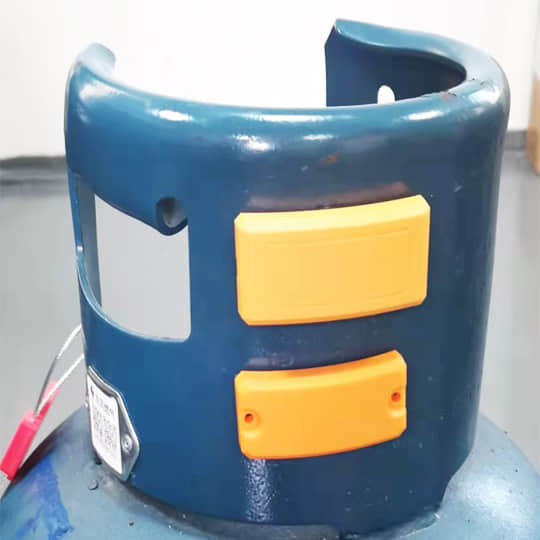
UHF RFID Electronic Ear Tags Long Reading Distance TPU
Cow Cattle Earrings with QR Code Printing
Type: VT-D01
Size: 69*79*3mm
Material: TPU
Reading Distance: 0.1~5m
Weight: 16g
Working Temperature: -40~80℃
Working Frequency: 125KHz/134.2KHz/13.56MHz/915MHz
Chip: TK4100/ EM4305/ I CODE SLIX/ Alien H4
Color: red/blue/yellow/green/white (customized available)
Crafts: Laser Printing, Number, QR code.
The animal electronic id enclosed chip, Detailed records of all the important information of the animals, Which can be very convenient to do these animals are more effective tracking management, In order to quickly and accurately verify animal dispatching, Epidemic report and other information, Effectively control and eliminate many of the major type of animal epidemics, So that the healthy development of animal husbandry industry into the benign track, The economic benefits of livestock operators also rises sharply.
1.Made of high quality material, cold-resistant, anti-freeze, heat-resistant, durable and can be used for a long time.
2.The color is gorgeous and easy to identify on the ears of livestock.
3.Help you more easy to manage animals’ information.
4.High strength copper nail head, anti-allergy, not easy to loose, long service life.
5.Advance laser lettering technology, printing clear, long time to use and do not fade.
6.Suitable for cattle, horse, pigs, goats, hogs, sheep, big animal.
7.Available in many colors and styles, high identification, convenient to confirm, and bright colors make it easy to distinguish.
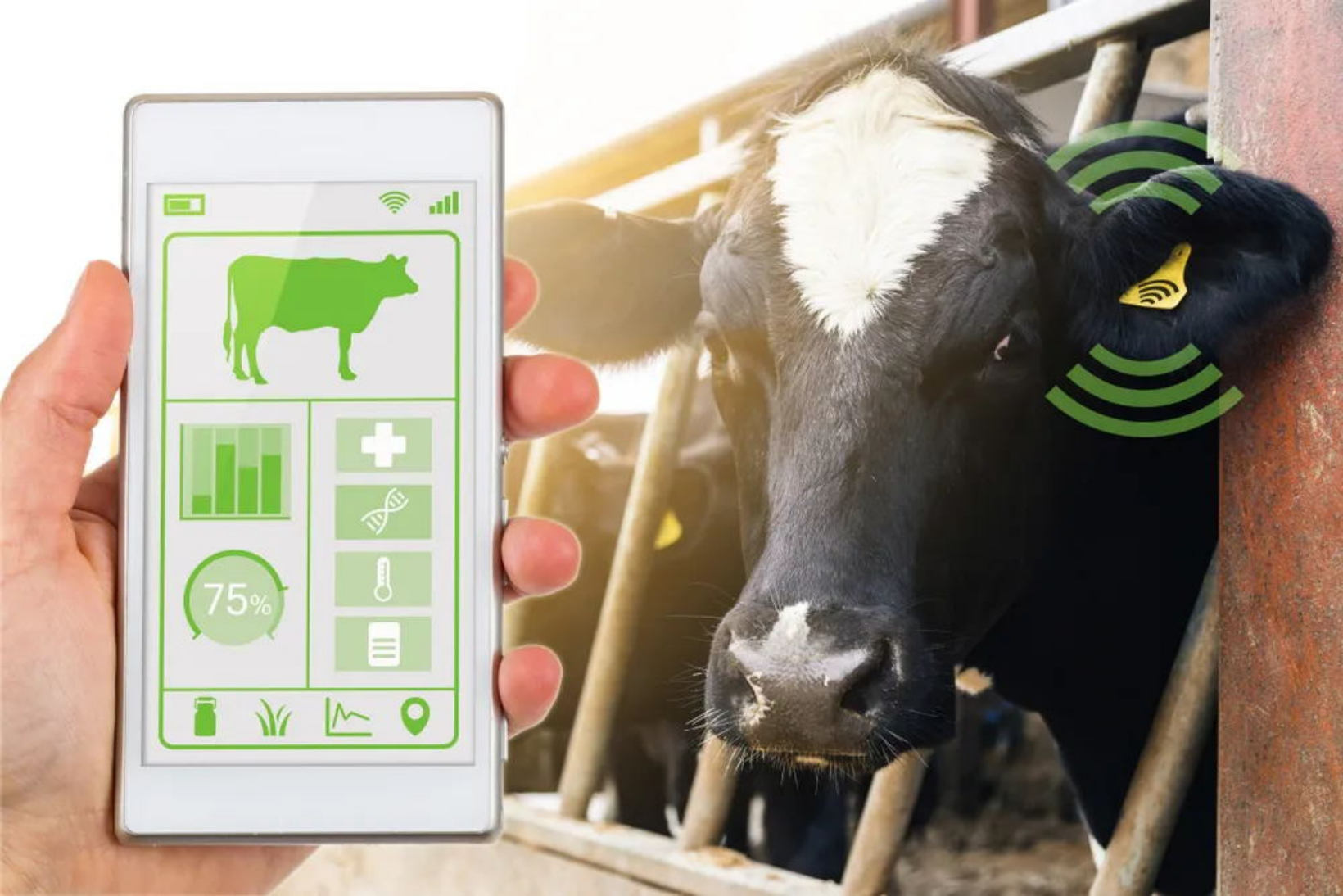

RFID ear tags are small electronic devices that are attached to the ears of cows, allowing farmers to identify, track and manage their livestock more efficiently. These tags contain a unique identification number that is transmitted by a radio signal to a receiver, allowing farmers to monitor their cows’ movements, health status, and other important information.
Compared to traditional farming methods, the use of RFID ear tags can bring several benefits to a farm business:
1. Increased Efficiency: It allows farmers to quickly and accurately identify each cow, reducing the time and effort required to track and manage their livestock. This increased efficiency can result in cost savings and higher productivity.
2. Improved Data Collection: The tags enable farmers to collect real-time data on their cows’ movements, behavior, and health status. This information can be used to identify and address potential issues, such as disease outbreaks or feed shortages, before they become a major problem.
3. Enhanced Animal Welfare: The ear tags can help farmers monitor the health and wellbeing of their cows, allowing them to identify and treat any health problems promptly. This can result in better overall animal welfare and improved milk or meat quality.
4. Improved Traceability: these tags can help farmers track their cows’ movements and identify any potential sources of contamination in the food supply chain. This can improve food safety and traceability, increasing consumer confidence in the quality of the products.


1. Apply ear tags to, and or implant bolused in your animals.
2. Read RFID identification codes to track individual animals using datamars portable readers or raceway antennas.
3. Using the included software to integrate data seamlessly to your livestock management system.
Durability: Animal ear tags are typically used for long periods of time, so the chosen materials should be durable and resistant to corrosion, capable of withstanding the various conditions and environments that animals may encounter during their daily activities.
Biocompatibility: Animal ear tags should be made from materials that are safe for animal tissues and skin to prevent allergic reactions or injuries. Some commonly used materials include biocompatible polymers or ceramics.
Size and weight: Ear tags should be lightweight enough to minimize discomfort for the animals. Additionally, the size of the ear tag should be suitable for different species and sizes of animals, ensuring comfort and effective identification.
Signal transmission effectiveness: The selected materials should not impede wireless signal transmission between the RFID tag and reading devices. Some metal materials may interfere with the signal, so it is important to choose materials that are transparent to radio frequency signals.
Waterproofing and durability: Ear tags often need to function in situations where animals come into contact with water and other liquids. Therefore, the chosen materials should have good waterproofing properties and be able to maintain excellent performance in humid environments.
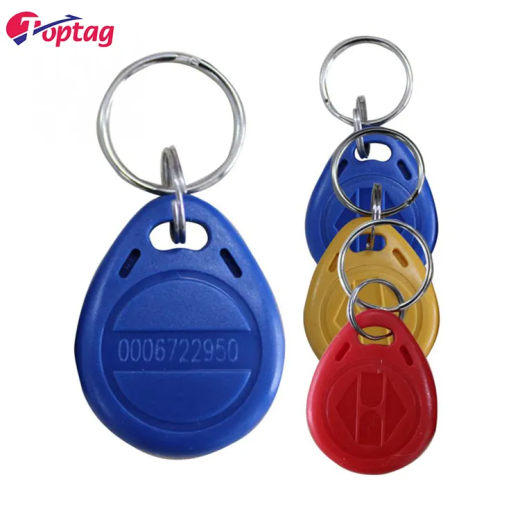
Producto igual al de la descripción, excelente servicio y atención, muy recomendable.
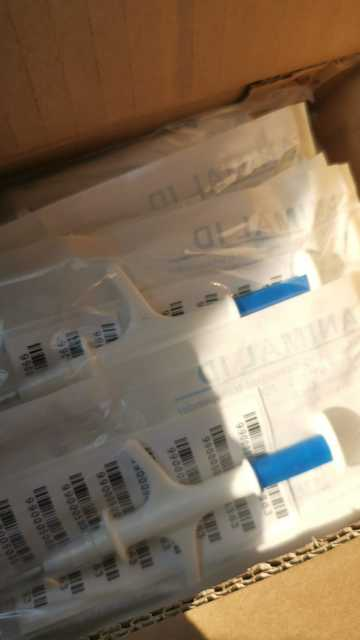
EXCELENTE Servicio como siempre.. llego en el tiempo indicado. Comprare mas en el futuro.. GRACIAS.
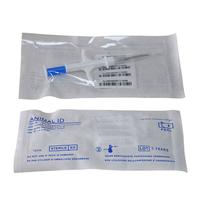
thanks to the seller for the good product, for the quick dispatch of the goods. My clients are very satisfied.
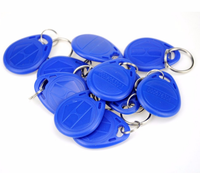
Repeat orders for many times, good supplier. Good quality and fast delivery.
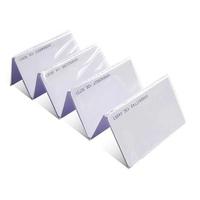
The quality is very good and the customer service is patient.
Price is very affordable, good service attitude.
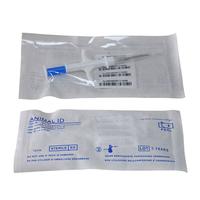
Покупаю шприцы второй раз по 1000 штук, мои клиенты остались довольны.
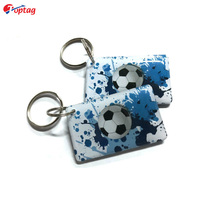
This product and order is amazing! Nicole handled my design and order with ease and the delivery was very quick!!! I am so impressed with the tags and I even have more orders for my other clients! Thank you so much Nicole and Shenzhen Toptag because these are beautiful! Amazing work
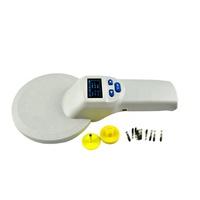
Excellent communication. Description of the item corresponds exactly to the facts. I recommend the seller. Thanks

We are very satisfied with our delivery. The order process went well Cooperative flexible problem solutions were offered. Product quality is good. Thanks for the great cooperation.
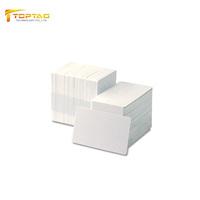
I bought cards mifare ... I am very sattisfied and I can say the best delivery and very fast !!!!!!!!!!!
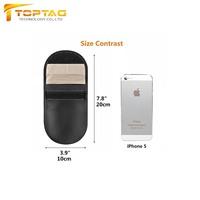
fantastic service, arrived a day earlier which was even better.. i hope to order more soon
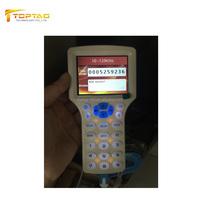
Nice product and good service Thank you so much
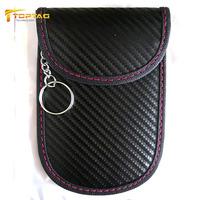
I was very happy with the service I got from Shenzhen Toptag Technology. I was in constact contact with the sales representative and she did a great job in communicating with me and shipping the final product to California.
Great service folks!
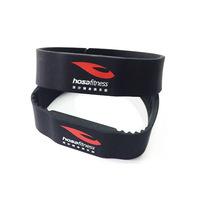
very fast shipping ! alongside with excellent customer serviceamazing experience with this company look forward to making more future orders.
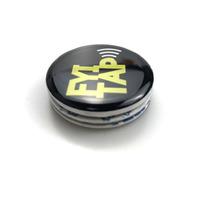
i advice people to trust them and working with them , they are very good and proffessional regards
Copyright © 2024 Shenzhen Toptag Technology Co., Ltd. All rights reserved.